Keep Cool in Your Car: How Your Car Key Can Help
As the heat builds up in your car, there's a little trick you can try using your car key. Here's how it works

As the temperature rises and summer approaches, it's important to prepare ourselves for the heat inside our cars. Of course, it's not only hot in the car during the summer, but that's when it's most intense, especially when the air doesn't circulate well with the windows closed. Initially, the air conditioning may provide little relief. However, if you don't have air conditioning in your car, don't worry! There are alternatives to keep your car pleasantly cool. Surprisingly, your car key can be the perfect solution. "How so?", you may ask. Let us explain!
Unbearable Heat in the Car
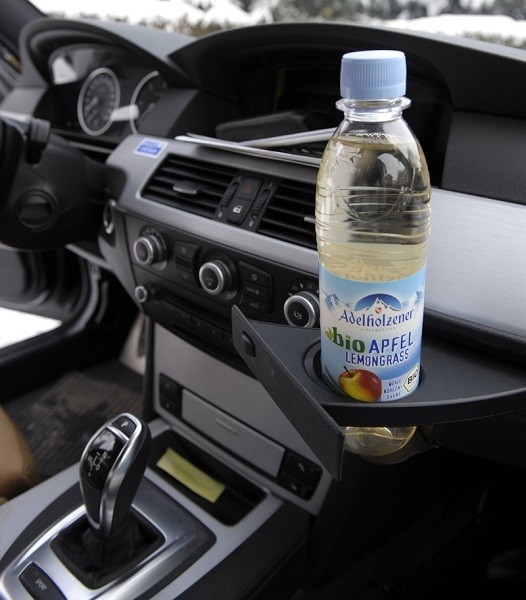
Once the car gets hot, there's little we can do to cool it down quickly. Moreover, the heat is not as harmless as many may think—apart from being uncomfortable and causing excessive sweating, the concentration of sunlight on a plastic bottle could even start a fire. So, caution is advised! Apart from the fire hazard, nobody wants to be trapped in an overheated car. Clothes stick to the skin, sweat drips, and the car seat feels like it's clinging to your body.
The Car Key Trick

We all know that before getting into our car, it's essential to open all the windows and wait a few minutes outside the car for the temperature to noticeably drop. This simple action can help create a more tolerable climate. We certainly don't want to "roast" ourselves beforehand. The air conditioning can then do the rest and provide a pleasant temperature.
But guess what? You can achieve this even faster with your car key! By holding down the "Open" button on your car key for several seconds, all the windows will automatically open. That's right—all of them! No need to individually press each window button; simply press one button to lower them all. Isn't that amazing? If only you had known this trick earlier, you could have saved a lot of time. The best part is, you don't have to get into your car until it has cooled down a bit.
Keeping Drinks Cool in the Car
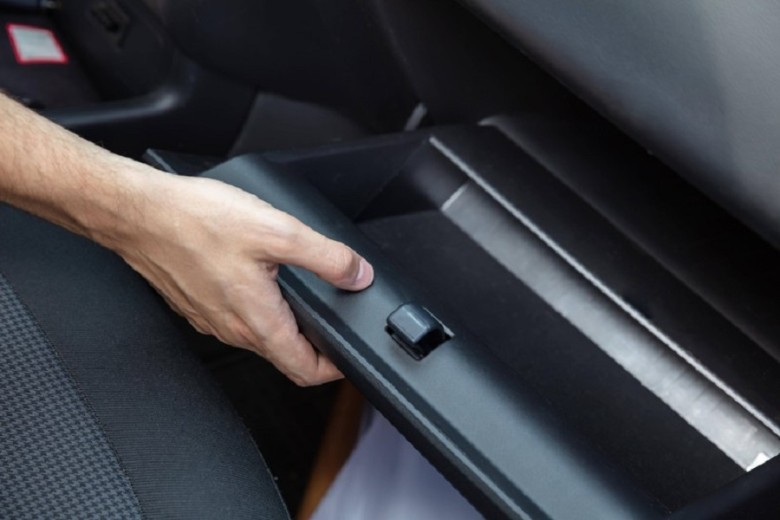
Especially during the hot summer, we crave cold drinks. Sometimes, we realize only after buying them that we don't have a cooler or any other means to keep the drinks cold in the car. However, there's a simple trick for that! The secret lies in your car's glove compartment—it can easily be transformed into a makeshift refrigerator.
Covering the Steering Wheel and Seats
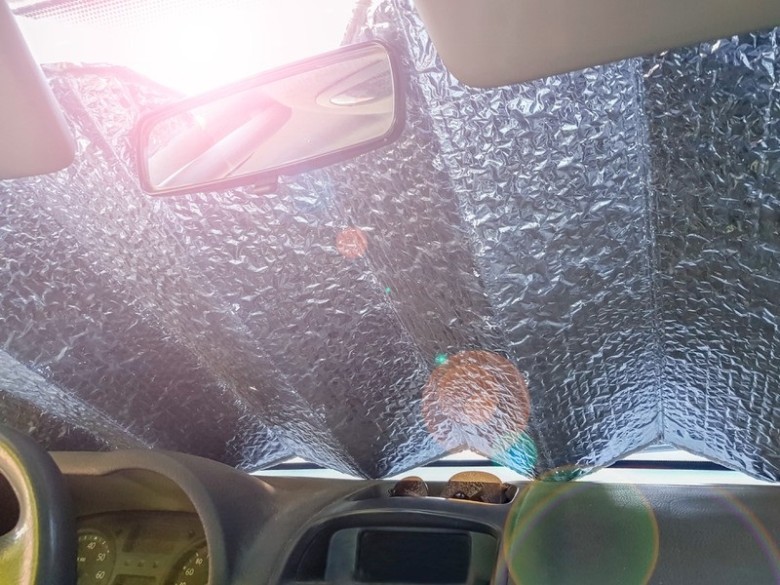
It's not always possible to park your car in the shade or in an ideal position. Therefore, it's worth using a windshield cover to protect your car from direct sunlight and provide insulation, especially during summer. Additionally, using steering wheel covers and seat protectors is also a good idea—your skin will thank you, especially if you have leather seats. If nothing else helps, you can try wiping the seats and steering wheel with a damp towel to reduce the heat.
Stay cool and safe on the road!

If you have to travel with children or pets in the car, it's best to schedule your trip for the early morning or evening hours to minimize the heat stress. Under no circumstances should you leave them in the vehicle once you turn off the engine and exit. Even with windows cracked open and a shady spot, it doesn't protect against heat stroke or heat exhaustion, which can be life-threatening. If possible, it's better to avoid the trip altogether during extremely hot weather and reschedule for a cooler day to be on the safe side.
Cool Down with a Cold Hot Water Bottle
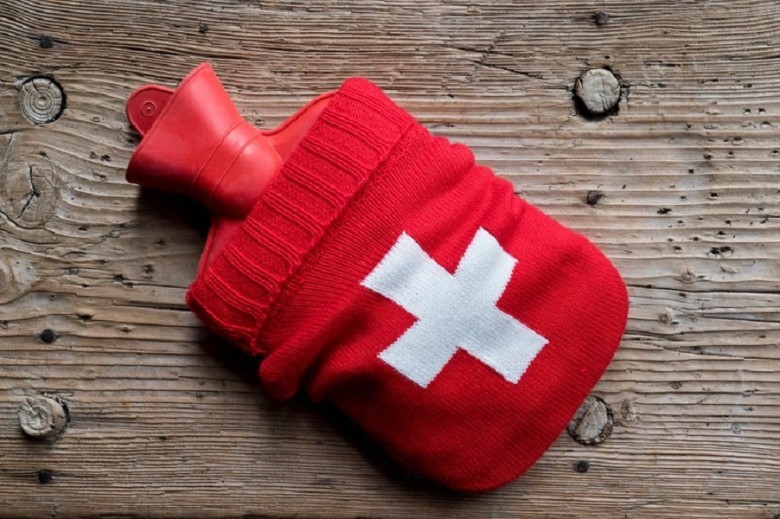
Hot water bottles are not just useful in winter; they can also provide some relief in the summer. You can even fill them with small ice cubes for a longer-lasting cool sensation. This tip can be particularly helpful when traveling with children or pets. However, be cautious: large temperature fluctuations can put a strain on the body. Therefore, be mindful when using the transformed hot water bottle and avoid keeping it in direct contact with your skin for extended periods. If you're not the one driving, you can place it, for example, in the footwell to have control over it and give your feet some pampering.
Heat Can Be Dangerous Under the Hood Too
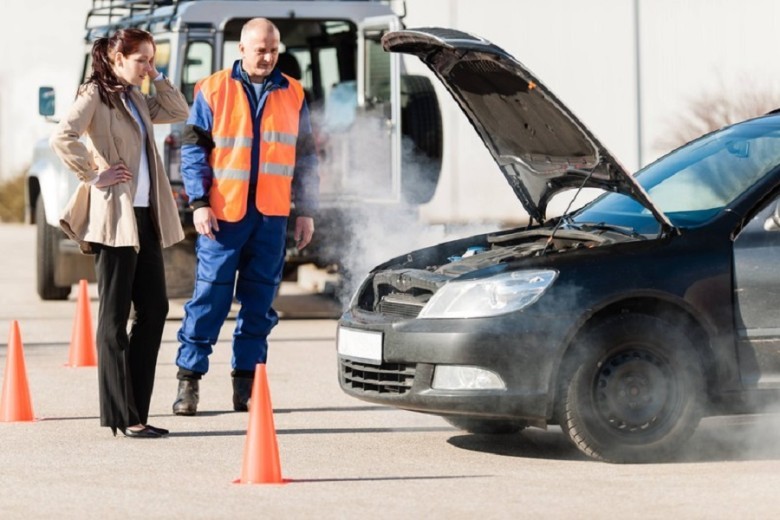
It's not just the interior that needs to be kept cool; it's also important to protect the car's electronics from excessive heat. Temperatures under the hood can reach around 100 degrees Celsius (212 degrees Fahrenheit) during the summer, while sensitive components like semiconductors can become critical at temperatures as low as 85 degrees Celsius (185 degrees Fahrenheit). In extreme heat, these parts can expand, causing damage when they cool down, which you may only notice later on. Therefore, if warning lights appear, it's crucial to head to the workshop promptly instead of risking a breakdown on the side of the road. Additionally, parking in shaded areas is always a good option to prevent overheating of these components.
Turn off the Engine in Traffic Jams
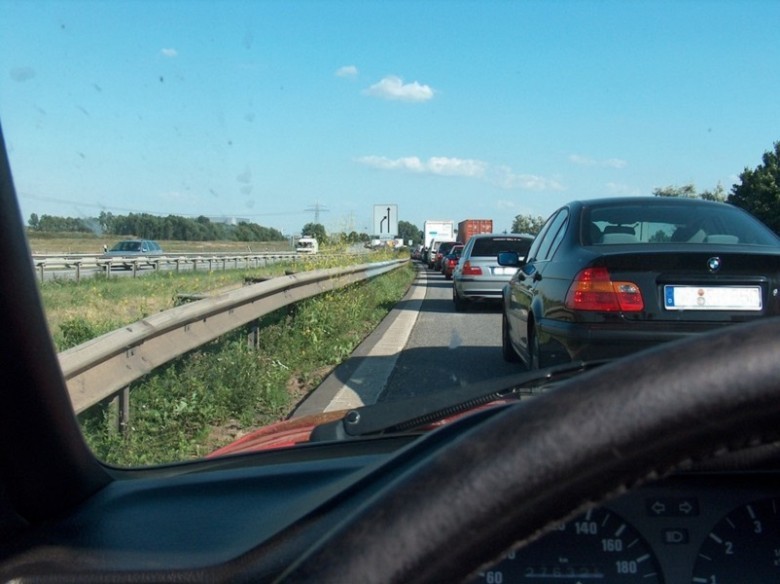
If parking in the summer can be dangerous, you should also pay attention to the heat while driving, as you won't always have the shade available. Traffic jams, in particular, can be hazardous since you're frequently exposed to the sun, and the running engine further increases the temperature of your electronics. Therefore, it's essential to turn off the engine in such situations. Not only will you save on fuel, but you'll also do your electronics a favor. After extended drives, finding a cooler spot becomes even more important to allow your car to recover from the heat.
Why You Shouldn't Fill Up the Tank Completely in Summer
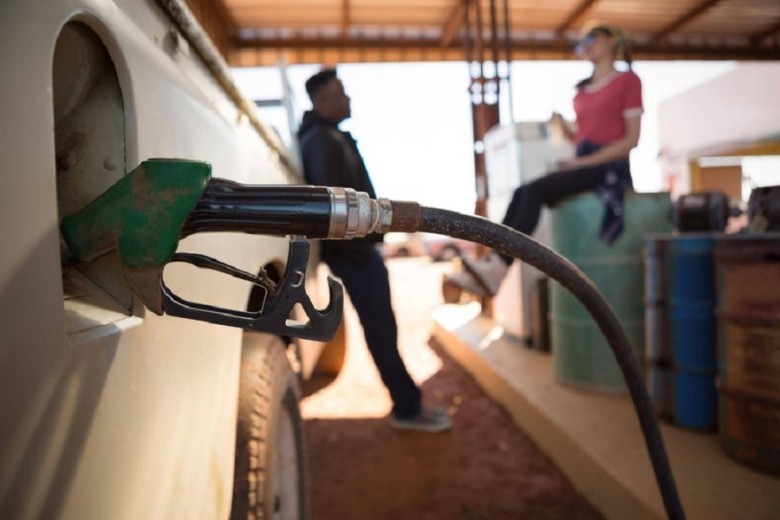
It's not just car parts that expand in the heat; fluids are also affected. When refueling, it's important to be cautious and not fill the tank to the brim, leaving some room for expansion. This is especially true if you plan to park your car immediately after refueling. In the worst case scenario, the fuel can simply spill out of the tank, something nobody wants to experience. Additionally, regularly checking the fluid levels, such as coolant, is advisable to stay on the safe side. This will also help you identify any issues with your cooling system. Frequently, leaking hose connections, coolant reservoirs, or a defective water pump can be the culprits.























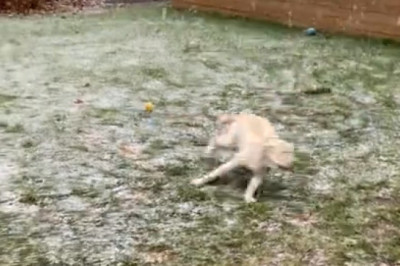





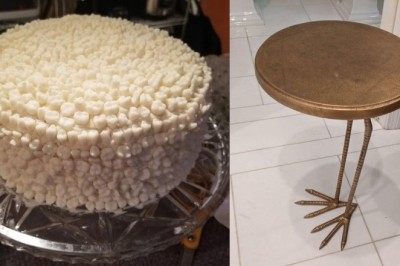

Comments
0 comment